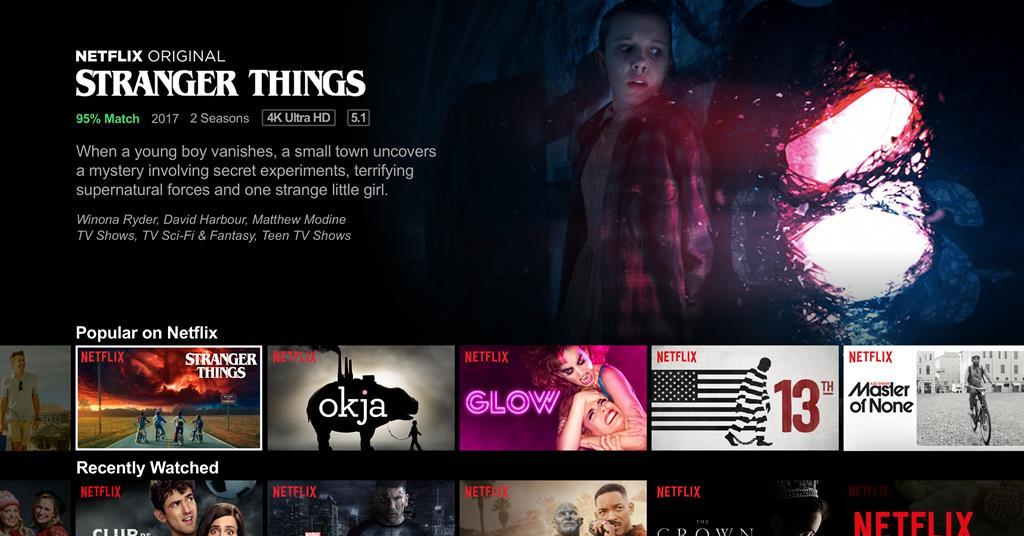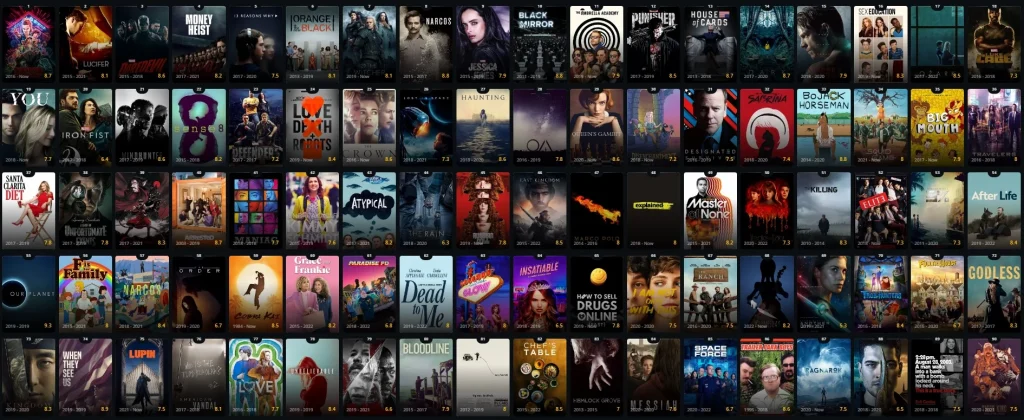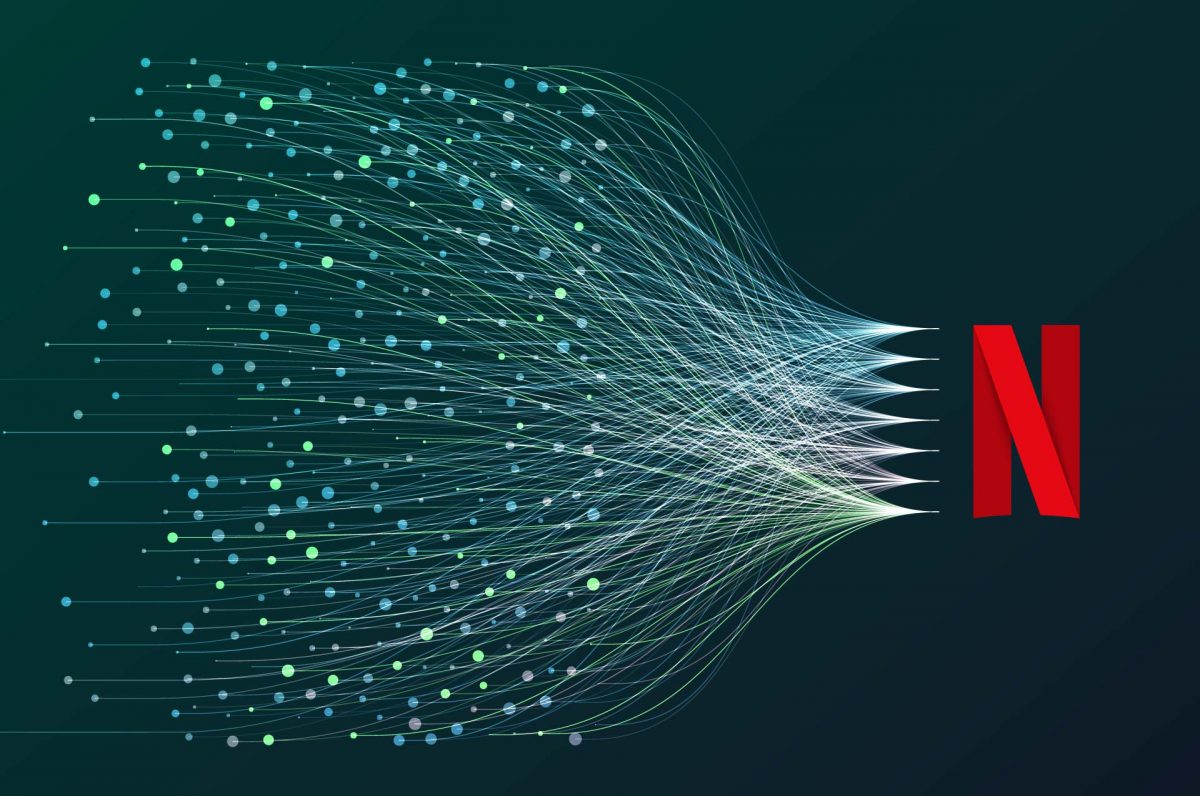Netflix is widely seen as one of the world’s most successful streaming platforms to date. Many might accredit this success to its broad library of fantastic titles and simple, yet effective, UI. However, behind the scenes a lot more is going on, which keeps users on the platform longer, and most importantly, reduces subscriber churn.
While Netflix has 277 million paid subscribers across 190 countries, no user experience is the same for any of these users. Over time, Netflix has developed its incredibly intelligent Netflix Recommendation Algorithm (NRE) to leverage data science, and create the ultimate personalized experience for every user. I think most of us are aware of some personalization algorithms, but not the extent to which they go!

The NRE is composed of multiple algorithms that filter Netflix’s content based on a user’s profile. These algorithms filter through more than 5000 different titles, divided in clusters, all based on an individual subscriber’s preferences. The NRE works by analyzing a wealth of data, including a user’s viewing history, how long they watch specific titles, and even how often they pause or fast-forward. This, in turn, results in videos with the highest likelihood of being watched by the user, being pushed to the front. Which is, according to Netflix, essential, since the company estimates that they only have around 90 seconds to grab a consumer’s attention. I think, as consumer attention drops even further (with apps like TikTok destroying our attention span), this might become even more of a problem in the future. I mean, who has the time to sit down and watch a whole movie these days??
This also ties into the concept of the Long Tail which we discussed, which refers to offering a wide variety of niche products that can appeal to smaller audience segments. Netflix can now surface lesser-known titles to the right audiences using its recommendations algorithms. While these niche titles might have never been discovered by users in the past, Netflix can now monetize the Long Tail of its Library. You must have definitely noticed that your family or friends have titles on their Homepage that you would never see on your own, and this is the NRE at work.

While this model is largely successful, it might raise concerns around content bias. For example, Netflix’s use of different promotional images for the same content based on a user’s perceived race or preferences has sparked debate. Although the intent is to tailor recommendations more effectively, it risks reinforcing stereotypes and narrowing the scope of content that users are exposed to.
Ultimately, user data is exchanged for a super personalized experience, though this experience can sometimes be flawed. What do you think about Netflix’s NRE and its effects on users? Do you think this data exchange is fine, or would you rather just see the same Homepage as everyone else?


Great insights on Netflix’s recommendation algorithm! The level of personalization they’ve achieved is impressive, and I like your point on how the Long Tail concept helps you find niche content we might otherwise never find. However, I agree that the algorithm raises important concerns as well. The potential for content bias leads to limited exposure to new ideas or diverse content. Personally, I have occasionally experienced that it is nearly impossible to find a movie to watch that is not in my typical repertoire. If you want to switch things up for once, it can feel like the (“too effective”) algorithm is working against you, continually suggesting content similar to what you’ve already watched.
Great post Noah! It’s fascinating to learn how much data Netflix processes to tailor our viewing habits, like especially how detailed it gets, down to how long we pause or fast-forward through content?! This shows how powerful data science can be.
I liked that you tied in the concept of the Long Tail. In practice, I often have the experience where friends or family mention a show that I’ve never even seen on my homepage, and now I understand why and what the reasoning behind this feature is.
As for your question, I think the personalized experience is somekind of a double-edged sword. On one hand, I appreciate the tailored recommendations because they show me content I actually enjoy. However, I do worry about the potential content bias you mentioned. I’d like to see Netflix continue innovating while being more transparent about how they handle user data.. I think exploring how other streaming platforms handle recommendation systems in comparison to Netflix could add more depth/dimension to the debate on whether personalization is always beneficial!
Overall, a very well written post! 🙂
Thank you for your insightful post Noah! I really agree with many aspects you mentioned in this blog. I also really like that you extensively linked this case to concepts from the course.
I personally had already realised how Netflix tailors our recommendations when I accidently logged into my brother’s account instead of mine. How differently I was perceiving certain shows because they had changed the promotional image and description. For example, there was a show forecasting teenagers’ high school experience. My brother got an image of a 17yo American football player with a description focusing more on his experience in the show. Whereas I got an image of two girls in the show, looking like best friends and chatting together, as well as a description of their high school experience. Netflix probably identified which character in the show we both would relate the most to and tailored the promotion to this (and it was probably correct).
This definitely attracts more people and I understand why Netflix does it, it’s very smart from them. However, it has happened to me when starting a show, I realise that the description or the image only focuses on a side character of the show that appears only a few times. I felt manipulated and felt like I waisted my time because the show did not meet my expectations. I would say it created frustration on my side and I would say I don’t follow Netflix’s recommendations as much now. I would rather get more personal recommendations through friends or TikTok/Instagram for example.